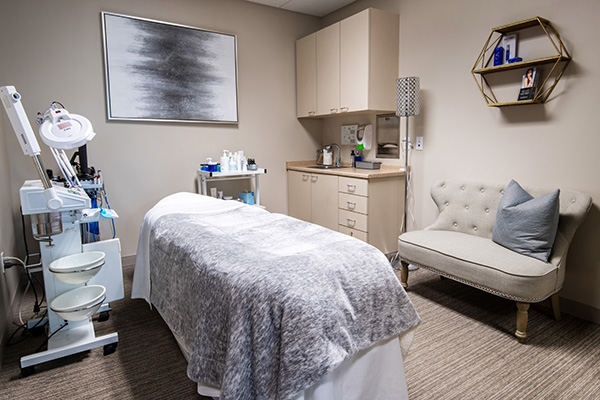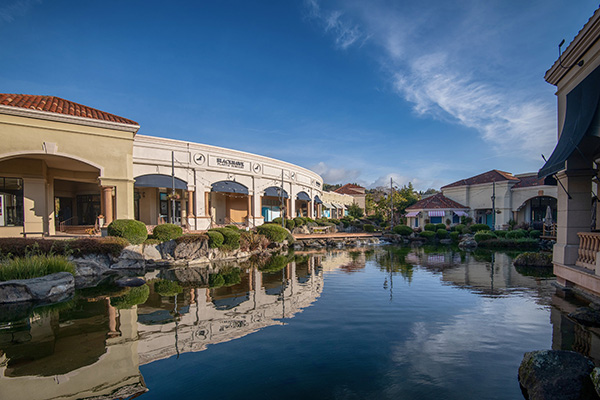
The Role of 3D Imaging in Modern Nose Surgery Planning
Introduction
Rhinoplasty, often described as a "rhinoplasty," is among the most sought-after plastic surgery worldwide. While the desire for aesthetic improvement rhinoplasty near me drives numerous to go through nose job surgical treatment, the elaborate nature of nasal anatomy makes preparing crucial for successful results. In the last few years, the role of 3D imaging in contemporary rhinoplasty planning has actually emerged as an advanced tool that boosts accuracy, enhances interaction between surgeons and patients, and ultimately leads to more rewarding results.
This article will look into numerous elements of 3D imaging technology in rhinoplasty planning, including its benefits, techniques used, expense implications, and patient fulfillment. Additionally, we will respond to frequently asked questions regarding rhinoplasty treatments and how 3D imaging incorporates into them.

Understanding Nose surgery Surgery
What is Rhinoplasty?
Rhinoplasty is a surgery designed to change the shape or size of the nose. It can be carried out for visual factors-- such as fixing a popular hump or improving the suggestion-- or for functional issues like improving breathing problems due to structural abnormalities.
Types of Nose surgery Procedures
- Open Nose job: This strategy involves making an incision on the columella (the tissue in between the nostrils) for better access to nasal structures.
- Closed Rhinoplasty: All incisions are made inside the nostrils, making it less invasive without any noticeable scars.
- Secondary Rhinoplasty: Likewise known as modification rhinoplasty, this is performed on patients who are disappointed with their previous nose surgical treatment results.
Importance of Planning in Rhinoplasty
Effective preparation is essential in rhinoplasty surgical treatment. Surgeons need to consider various factors such as facial balance, skin type, and underlying anatomical structures. This intricacy highlights the necessity for tools that improve visualization and communication.
The Role of 3D Imaging in Modern Nose Surgery Planning
What is 3D Imaging?
3 D imaging refers to sophisticated imaging technologies that develop three-dimensional representations of physiological structures. In rhinoplasty rhinoplasty near me preparation, this technology enables cosmetic surgeons to envision the nasal anatomy more precisely than traditional methods.
How Does 3D Imaging Work?
Using specialized software application and hardware, surgeons capture high-resolution images that can be manipulated to replicate various surgical outcomes. This level of detail helps in forming customized treatment strategies tailored to each patient's distinct anatomy.

Benefits of Utilizing 3D Imaging in Rhinoplasty
- Surgeons can see intricate structures from multiple angles.
- Patients can picture prospective results through realistic simulations.
- Each plan can be customized based upon specific anatomy and desired results.
- Precise pre-operative planning can decrease time invested in surgery.
- By setting practical expectations early on, clients might feel more satisfied with their results.
The Technological Elements of 3D Imaging
Software Tools Used
Several software application applications have been developed specifically for nose surgeries, including:
- VECTRA H1: A popular option among cosmetic surgeons for its ability to develop in-depth facial simulations.
- Sculptor: Useful for imagining modifications throughout consultations.
Techniques Employed
- CT Scans: High-resolution scans provide comprehensive images but might expose patients to radiation.
- Photogrammetry: Utilizes photos taken from numerous angles to create a 3D model without radiation exposure.
Training Cosmetic surgeon Expertise
Surgeons should receive proper training to utilize these innovations effectively. Understanding how to translate images and communicate findings is essential for successful outcomes.
Cost Ramifications of Using 3D Imaging in Rhinoplasty
Overview of Rhinoplasty Costs
Rhinoplasties can differ substantially depending on geographical place and cosmetic surgeon experience. Typically:
|Treatment Type|Typical Cost ($)|| --------------------------|------------------|| Open Rhinoplasty|$8,000|| Closed Nose surgery|$7,500|| Modification Nose job|$9,000|
Additional Expenses Associated with 3D Imaging
While integrating 3D imaging into nose job planning may at first increase costs due to equipment purchase or leasing charges, these costs can be offset by enhanced surgical outcomes and reduced post-operative complications.
Patient Experience with 3D Imaging
Pre-Surgery Consultations
During consultations where 3D imaging is used:
This interactive method cultivates trust in between patients and cosmetic surgeons while allowing them to set reasonable expectations based on pictured outcomes.
Post-Surgery Feedback
Patients typically report higher fulfillment rates when they have participated actively in their surgical plans through visualization tools like 3D imaging. This engagement frequently leads them to feel more at ease post-surgery since they had clearer expectations going into the operation.
FAQs about The Role of 3D Imaging in Modern Nose Surgery Planning
What are the main benefits of using 3D imaging for rhinoplasties?
The primary advantages include improved visualization for cosmetic surgeons, enhanced communication with clients regarding anticipated outcomes, personalized surgical plans based on private anatomy, reduced surgical time due to reliable pre-planning, and increased total client satisfaction.
Is there any danger connected with using sophisticated imaging technologies?
Generally speaking, non-invasive methods like photogrammetry carry minimal threat compared to CT scans which include radiation direct exposure; nevertheless, experienced professionals ensure safety procedures are followed during all treatments involving imaging technologies.
How does using 3D imaging affect recovery time after surgery?
While healing times mostly depend upon private recovery abilities instead of imaging innovation utilized during preparing stages; accurate preoperative methods can assist reduce complications leading towards faster healings overall!
Are there additional costs included when selecting a surgeon who utilizes sophisticated imaging tools?
Yes! Surgeons incorporating innovative innovations like VECTRA H1 usually charge higher charges reflecting their financial investment into these systems; nevertheless; many find value returns through enhanced outcomes surpassing preliminary costs over time!
Can I see what my nose will look like after surgical treatment before committing?
Absolutely! Throughout assessments utilizing innovative visualization alternatives-- clients frequently receive sneak peeks showcasing potential improvements assisting decision-making processes!
How long does it take before I see final results post-rhinoplasty?
Final results typically emerge around 6 months after surgical treatment when swelling subsides completely; however; initial changes might be visible earlier relying on selected techniques involved throughout surgical treatments undertaken!
Conclusion
The function of 3D imaging in modern nose job planning represents a paradigm shift toward more precise and patient-centered care within this complex field. By using enhanced visualization tools that enhance interaction in between surgeons and patients while enabling personalized treatment strategies customized specifically around individual anatomies-- surgeons are empowered not just technically but artistically too! As evolving innovations continue shaping health care landscapes even more teams-- welcoming advancements like these could lead us towards accomplishing unrivaled levels quality throughout plastic surgeries alike!